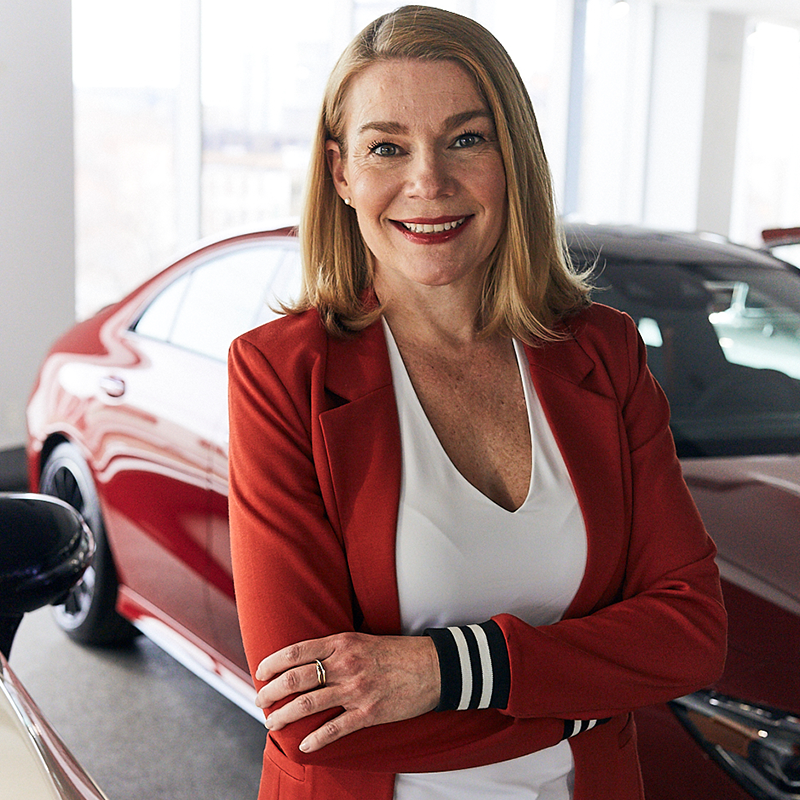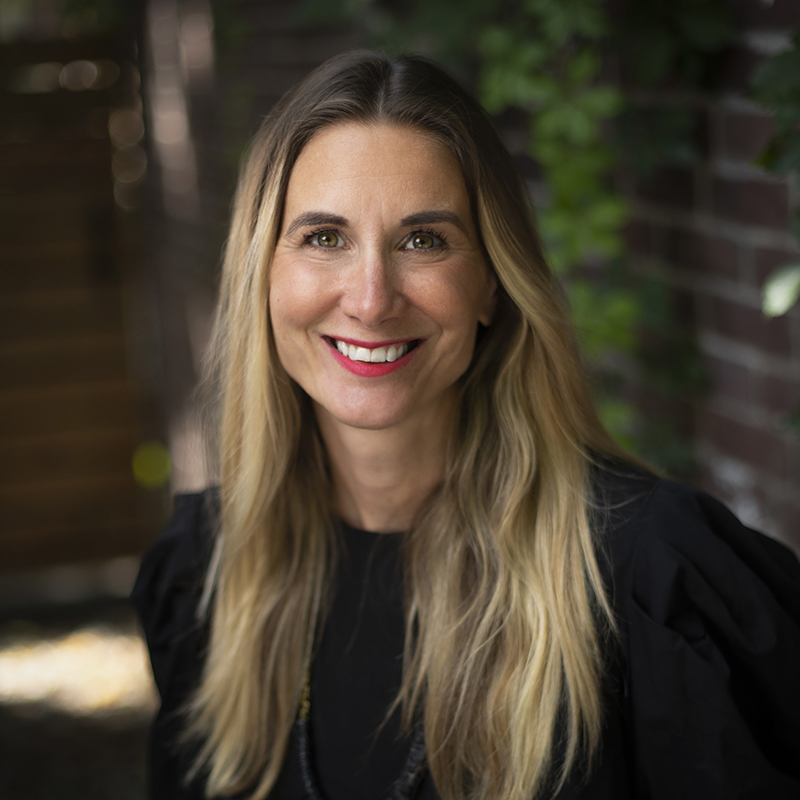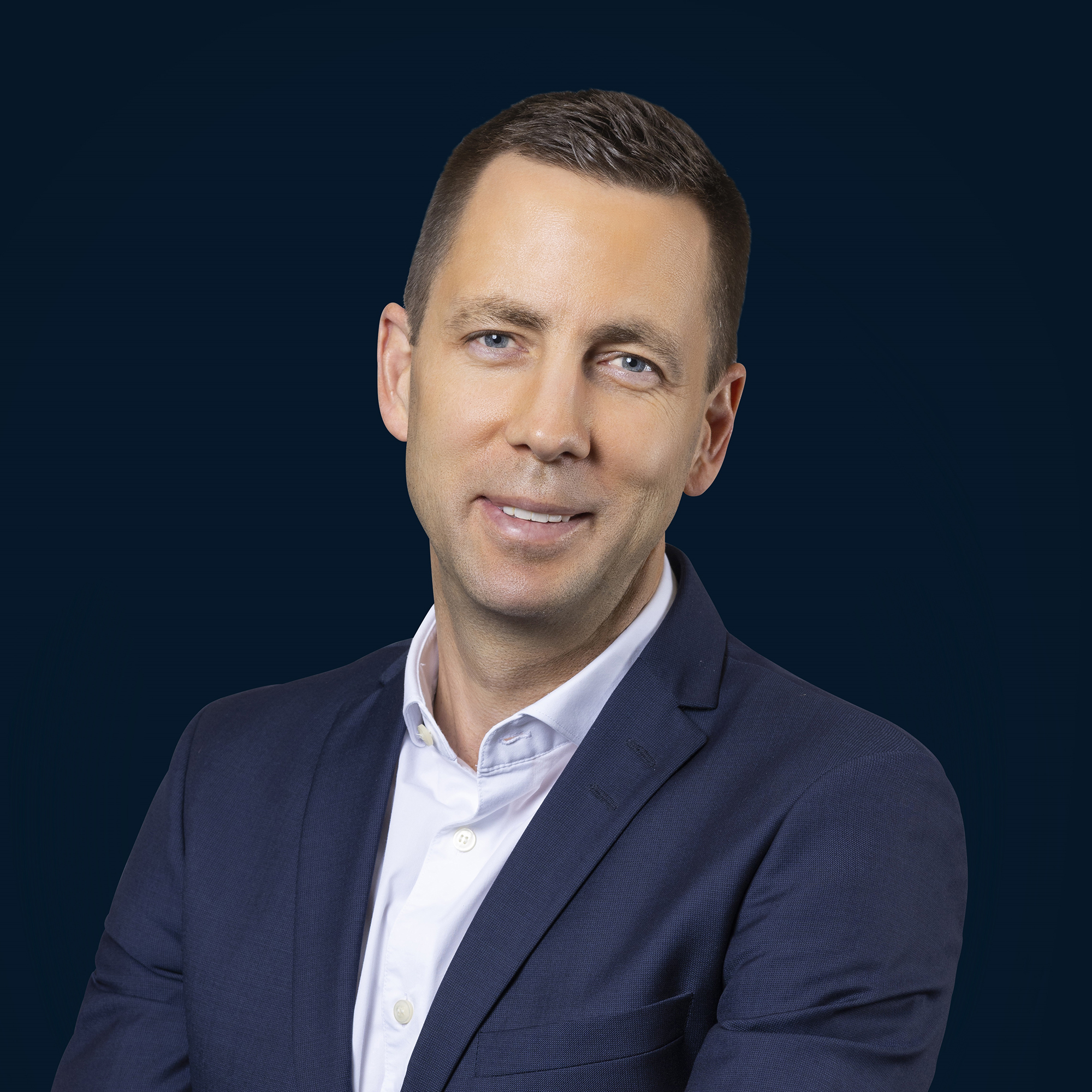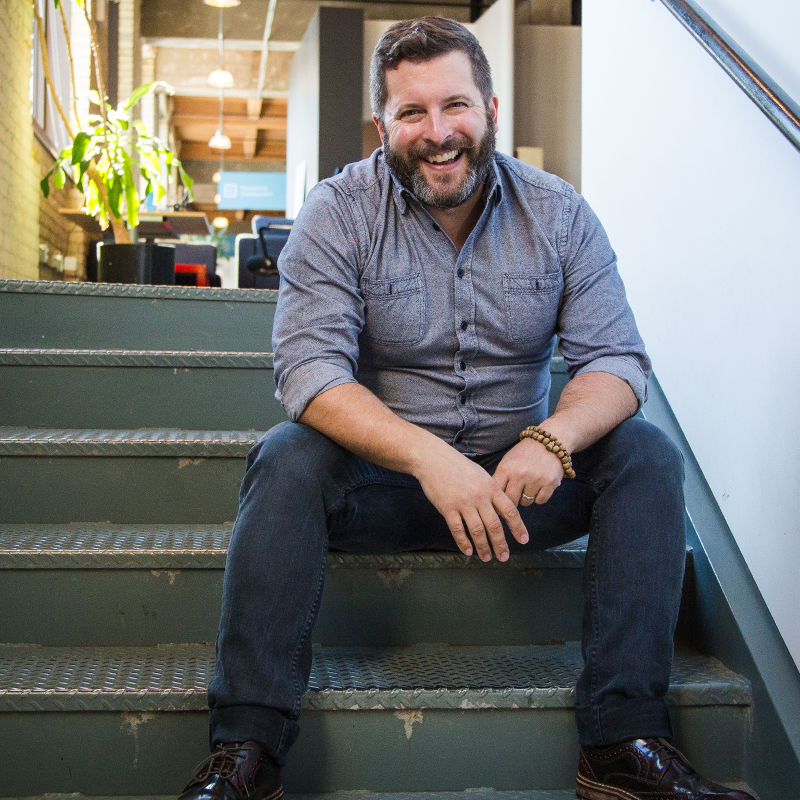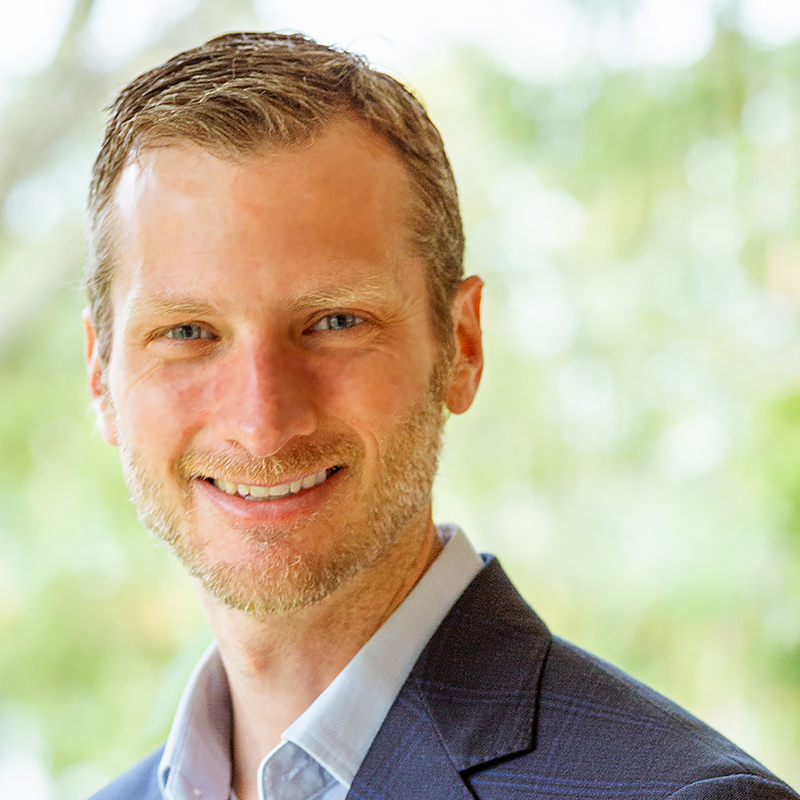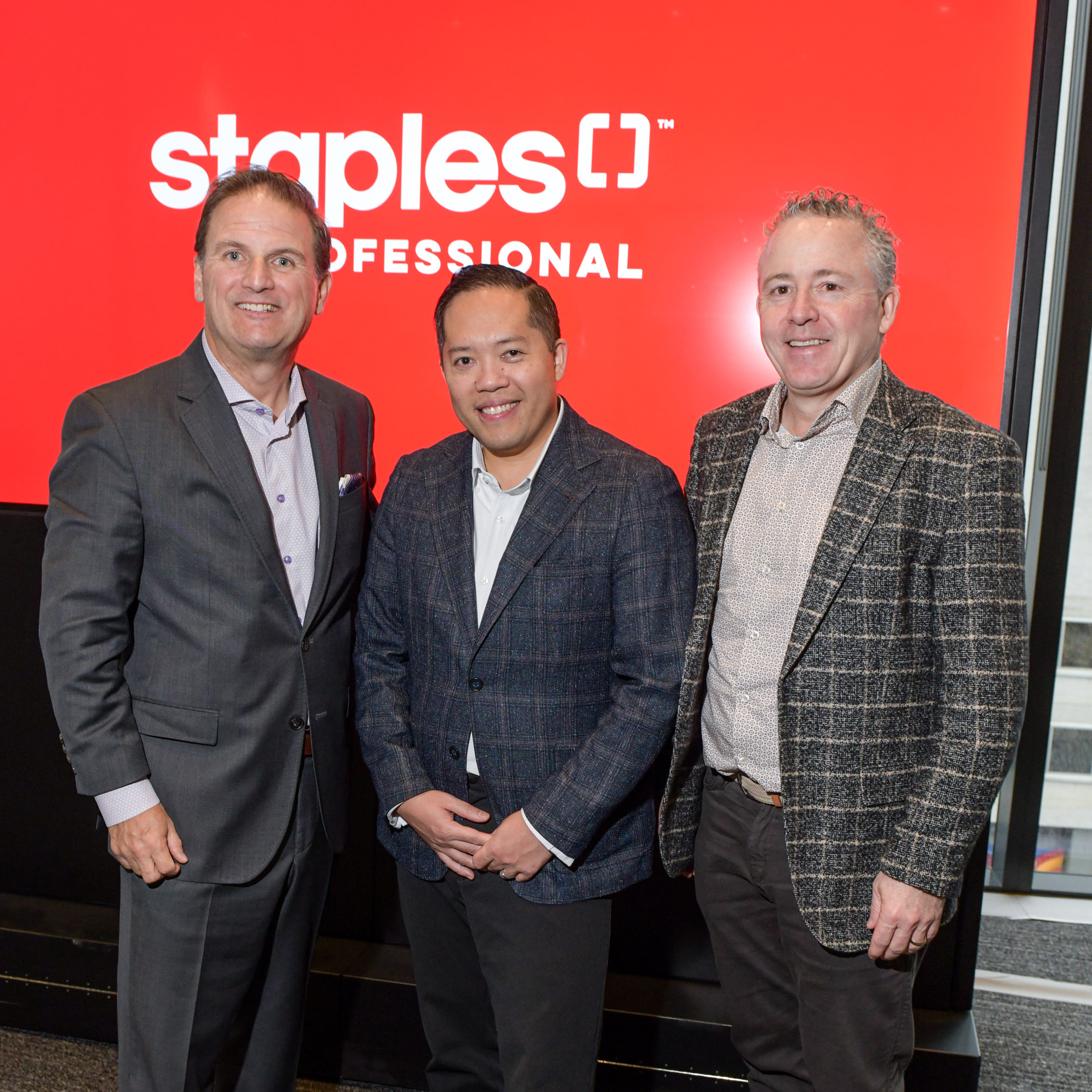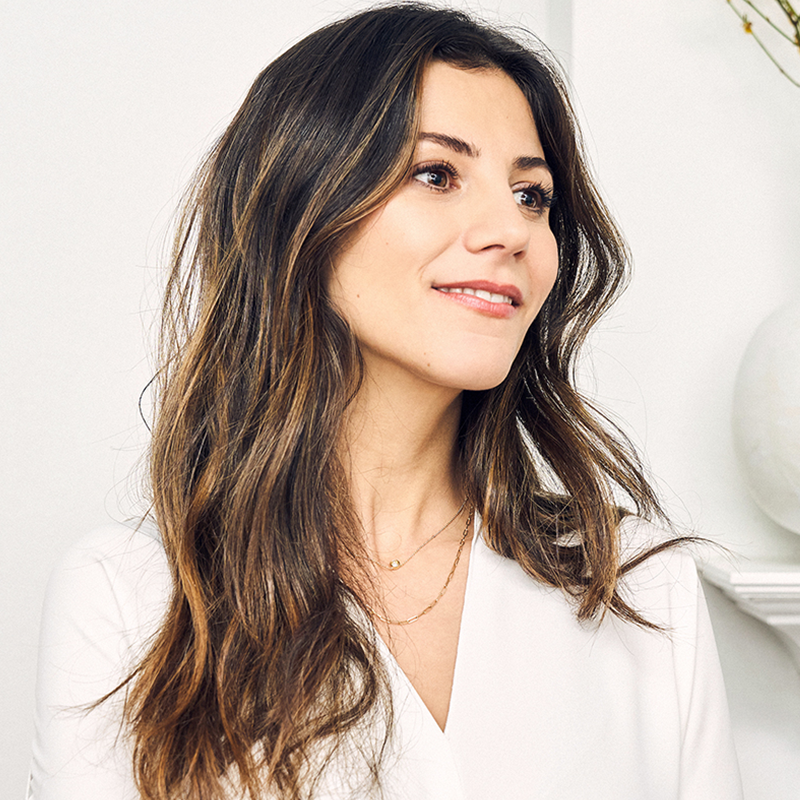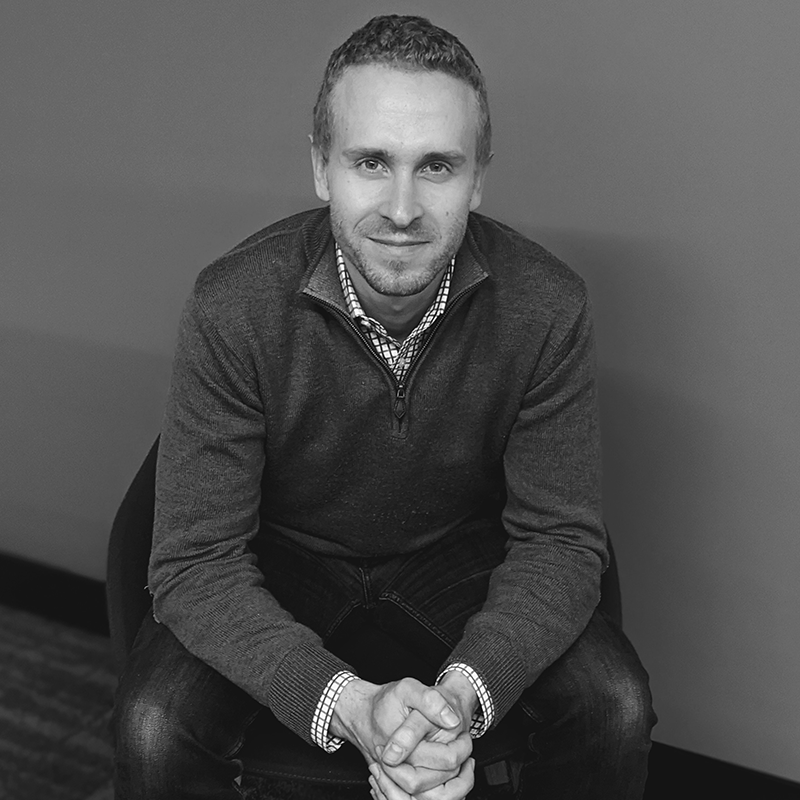8 Questions With Marc Ouayoun, President and CEO of Porsche Canada
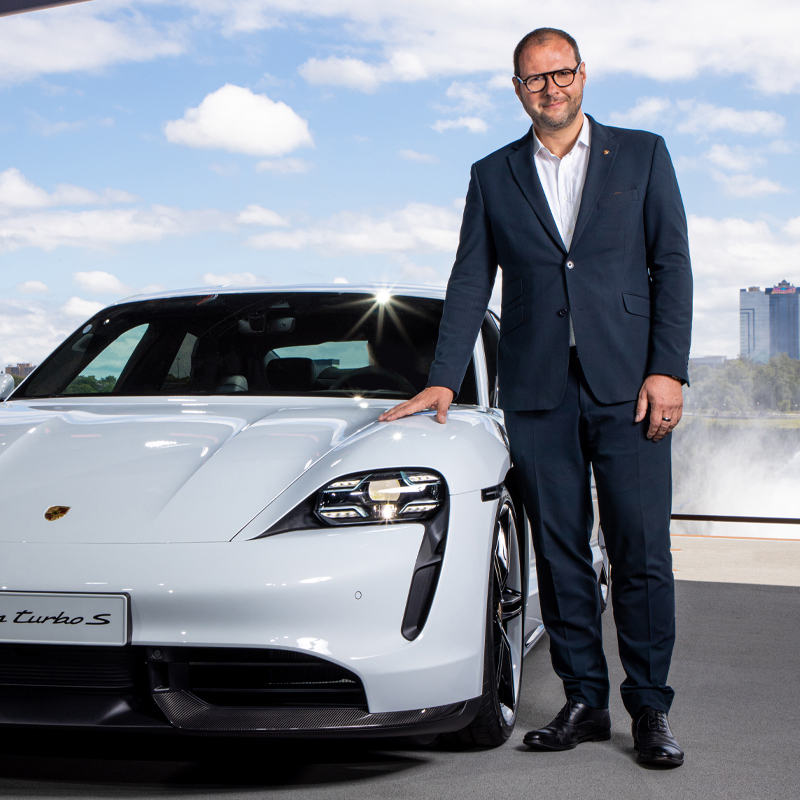
Canadian Business is relaunching in fall 2021, building on its platform as a trusted media brand and social network for the country’s fastest-growing companies and their innovative leaders, who are changing Canada for the better.
Canadian Business gives these leaders—and those who want to learn from them—the resources, networking opportunities, and inspiration to innovate, connect and continue to challenge the status quo. One of the ways we are doing this is through launching the Canadian Business Leadership Circle, CB’s leader-in-residence program where each month we engage a different C suite-level executive making an impact in their field. As part of the program, readers will have the chance to connect with these progressive-minded business execs for mentorship and professional development through exclusive content, virtual fireside chats, and more.
Joining us as leader-in-residence for May is Marc Ouayoun, President and CEO of Porsche Canada. Here, he chats with writer Katie Underwood about the true meaning of disruption, the future of mobility, and the value of making learning a lifestyle.
How are you and how have you been holding up during the pandemic?
My routines are obviously changing—even just in the way I organize my day. We travel a lot less, so I have more time to really step back a little bit and look at my daily business, to think a little bit more strategically about my management style, my priorities, my values. In every crisis, there is an opportunity.
Tell us about your career. What brought you to Porsche Canada?
I’m a car guy. When I was a teenager, I had posters of the Porsche 911, Turbo and 959 on the wall. I had a great opportunity to start working in the industry in 1995 for Daimler, where I learned a lot. Then I joined Porsche in 2006, where I started as a sales director in France. After a couple of years, I expanded my scope to retail and network development. I was appointed managing director in France in 2011. After six years in that position, I started to wonder what the next assignment could be—and if you want to have a global view in the automotive business, it’s very important to go to North America. It sets the benchmark for automotive retail and mobility solutions. I thought that Canada would be a perfect place to continue to learn, and now I’m entering my fourth year here.
For outsiders, can you explain the zeitgeist of the automotive industry right now? How are those in leadership viewing cars, drivers and the future of driving, in general?
Cars have been such an important pillar of mobility during the last century. I mean, the whole development of the world has been around cars, and we are now in a time where the automotive sector is really at a crossroads. Now society is changing, with all the environmental regulations that impact lifestyle and city developments, plus pressure from regulators, the change in consumer demands, and digitization.
How do you suspect automotive will influence larger realms, like city planning?
Now, it’s really time for the automotive industry to adapt to cities—specifically, how to reduce congestion and how to improve air quality. It’s clear that if we change nothing, the conditions will worsen. There is a lot more knowledge and expertise coming from the different municipalities and local governments, so we are partnering with cities to find solutions through artificial intelligence. The connected car, for example, could communicate with a stoplight to reduce congestion. We’re working on apps that would tell you where to park in a city. We work hand-in-hand with planners to make sure we understand the trends, and how to complement public transportation. It’s almost a blank page of what is possible right now.
How have the requirements for leadership in automation changed since your Daimler days?
I think that the role of management has completely changed over the years, and I’m really happy because I feel aligned with its direction. Before, it was completely vertical; very “I say, you do.” Now, because there is so much automation of tasks, you have more time for intelligence, for relationships, and for creativity to think about where your industry is going. What are the new trends? What are younger generations thinking? Things are more horizontal and more collaborative. It’s a reverse pyramid that allows you to leverage all the talents of an organization to achieve its vision. I have always thought that it’s very important to be transparent and empathetic. In a management role, you need to be strategic, but you also need to care for people.
‘Disruption’ is a very buzzy—some would argue overused—term. What does it mean to you?
For me, it’s about anticipating, being bold, and actually driving change—leading the race. A good example is an electrification: A Porsche means a roaring engine, full of horsepower. Some people thought we’d be the last brand to move into electrification. But if we didn’t move towards a completely new, “disrupted” powertrain with “disrupted” energy, we would be nowhere today. We know that it’s the right way to bring the brand into the future. We can’t only look in the rearview mirror.
What role has mentorship played in developing your career to this point?
I was very lucky during my career because I had great bosses. I consider them my role models. I had managers that were a lot more detailed about execution, and some with a lot of emotional intelligence. I learned so much from all of them.
There are some leaders who try to make a career by criticizing others—saying, “Oh, I would do that job better.” I always try to help my staff and create the best conditions for their promotion. It has always been my belief that if I do my job properly, that will naturally happen.
What practices do you have in place to keep you dreaming big?
I think it’s about being very open to the world because, as I said, it is changing very rapidly. I also try to connect with younger generations and get a bit out of my comfort zone and routine.
When I started in the industry, it was all about going from A to B more quickly than anyone else. Now, everybody is going at the same pace on the road, so it’s all about design, engineering, and efficiency. You need to understand the driving factors behind the change. I spent some time in China to learn about retail—the luxury sector, in particular, and what is changing in fashion and cosmetics—as a way to understand where consumer demand is going. Two years ago, I took an extensive management program at MIT in Boston. It’s just about always learning—and not just when you’re a student. It has to be a lifestyle.
